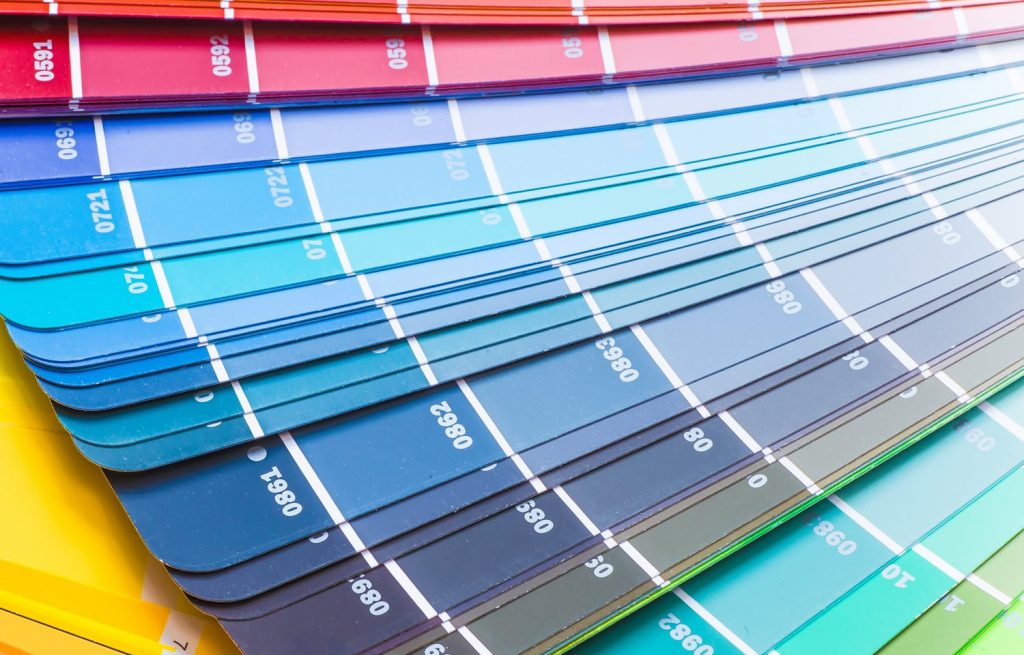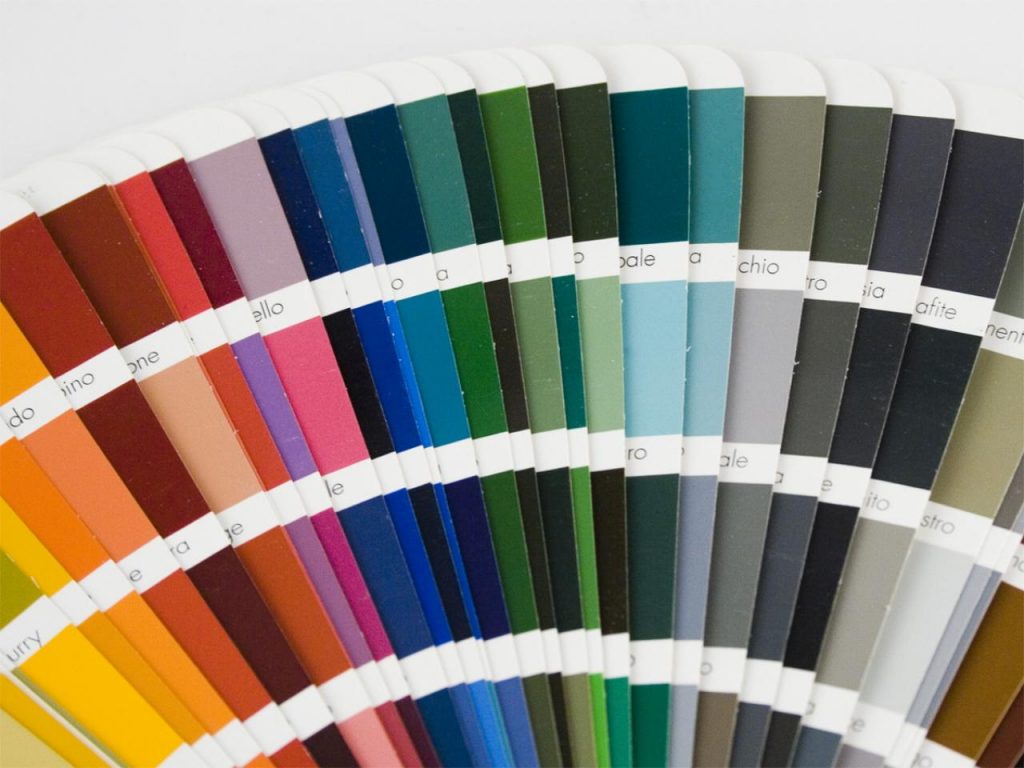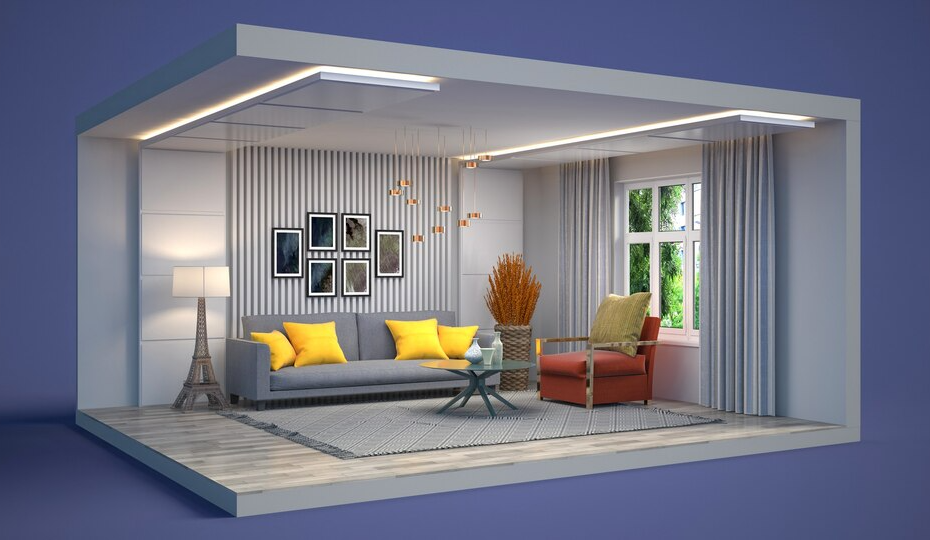How AI Enhances Color Selection in Interior Design
Color is one of the most critical elements in interior design, influencing mood, perception, and overall aesthetic appeal. Choosing the right color palette can transform a space, making it feel welcoming, vibrant, or serene. However, the process of selecting colors can be daunting for both designers and homeowners. Fortunately, advancements in artificial intelligence (AI) are revolutionizing how color selection is approached in interior design. This article explores how AI enhances color selection, streamlining the design process and improving outcomes.

▎The Importance of Color in Interior Design
Color plays a pivotal role in interior design. It can affect emotions, create illusions of space, and even influence how we perceive temperature. For instance:
• Warm Colors: Reds, oranges, and yellows can evoke feelings of warmth and energy but may also feel overwhelming in large doses.
• Cool Colors: Blues, greens, and purples tend to have a calming effect and can make spaces feel more spacious.
• Neutral Colors: Grays, whites, and browns provide balance and versatility, allowing for easy integration with various decor styles.
Given the psychological implications of color, making informed choices is essential for creating harmonious interiors.
▎The Challenges of Color Selection
Despite its importance, selecting colors can be challenging due to several factors:
1. Subjectivity: Color preferences vary widely among individuals, making it difficult to find a palette that resonates with everyone involved in a project.
2. Contextual Considerations: The lighting conditions, furniture styles, and existing decor can all impact how colors appear in a space.
3. Trends and Fads: Staying updated with current color trends while ensuring timelessness can be a balancing act for designers.
4. Overwhelm from Options: With an almost infinite range of colors available, narrowing down choices can lead to decision fatigue.
▎How AI Enhances Color Selection
AI technologies are increasingly being integrated into the interior design process, particularly in color selection. Here are several ways AI enhances this crucial aspect of design:
1. Data-Driven Insights:
• AI algorithms can analyze vast datasets of color trends, user preferences, and successful design projects. By identifying patterns and correlations, AI can suggest color combinations that are likely to resonate with specific demographics or align with current trends.
2. Personalized Recommendations:
• AI tools can assess individual preferences by analyzing user inputs or past design choices. This allows for personalized color recommendations tailored to the specific tastes and needs of homeowners or designers.
3. Virtual Reality (VR) and Augmented Reality (AR):
• AI-powered VR and AR tools enable users to visualize how different colors will look in their spaces before making a decision. By simulating lighting conditions and spatial dimensions, these technologies provide a realistic preview that helps clients envision the final outcome.
4. Color Harmony Algorithms:
• AI can utilize color theory principles to create harmonious palettes based on user-selected base colors. By applying algorithms that consider complementary, analogous, or triadic color schemes, AI ensures that the suggested combinations are visually appealing.
5. Mood Analysis:
• Some AI tools incorporate mood analysis features that assess the emotional impact of color choices. By evaluating factors like light intensity and surrounding decor, these tools can recommend colors that evoke desired feelings or atmospheres.
6. Real-Time Feedback:
• AI applications can provide real-time feedback on color choices during the design process. Designers can receive instant suggestions for adjustments or alternatives based on their selected colors, streamlining the decision-making process.

7. Trend Forecasting:
• AI technologies can analyze social media platforms, design blogs, and industry reports to identify emerging color trends. This foresight allows designers to stay ahead of the curve and incorporate trendy colors into their projects before they become mainstream.
▎Case Studies: AI in Action
Several companies are at the forefront of integrating AI into color selection for interior design:
• Sherwin-Williams’ ColorSnap®: This mobile app uses AI to suggest paint colors based on uploaded photos of spaces. Users can see how different colors will look in their environments and receive recommendations that complement existing elements.
• Dulux’s Visualizer App: Utilizing augmented reality, this app allows users to virtually paint their walls with different colors using their smartphone cameras. The AI analyzes the room’s lighting and dimensions to provide accurate representations of how colors will appear.
• Canva’s Color Palette Generator: Although primarily a graphic design tool, Canva’s AI-driven color palette generator helps users create harmonious color schemes by analyzing images and suggesting complementary colors.
▎Conclusion
As technology continues to evolve, AI is proving to be a game-changer in the field of interior design, particularly in the realm of color selection. By harnessing data-driven insights, personalized recommendations, and advanced visualization tools, AI empowers designers and homeowners to make informed choices that enhance the aesthetic appeal and emotional impact of their spaces.
The integration of AI not only simplifies the decision-making process but also fosters creativity by providing a wealth of options grounded in empirical data. As we move forward, embracing these innovative tools will undoubtedly lead to more thoughtful and inspired interior designs that resonate with individual preferences and contemporary trends.





